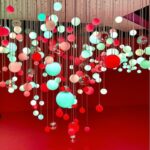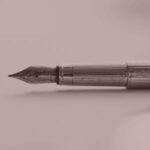Previous slide
Next slide
If you were a VIP member...
Welcome to the new Voice.club
We have redesigned the entire site for increased speed, wider exposure, easier navigation, and a new feature-rich private discourse area.
- Your contest and event submission will be published to a global audience on our YouTube channel
- Increased speed and easier navigation greatly simplify your submission process
- Our new feature-rich private discourse area is perfect for writing collaboration and idea exchange
Featured Voice
Voice Publishing Guidelines
- Click here to review the YouTube Community Guidelines
- The YouTube Community Guidelines are updated frequenty; consult the link for changes
- Members who do not comply with the YouTube Community Guidelines will not be allowed to participate in Voice.club





